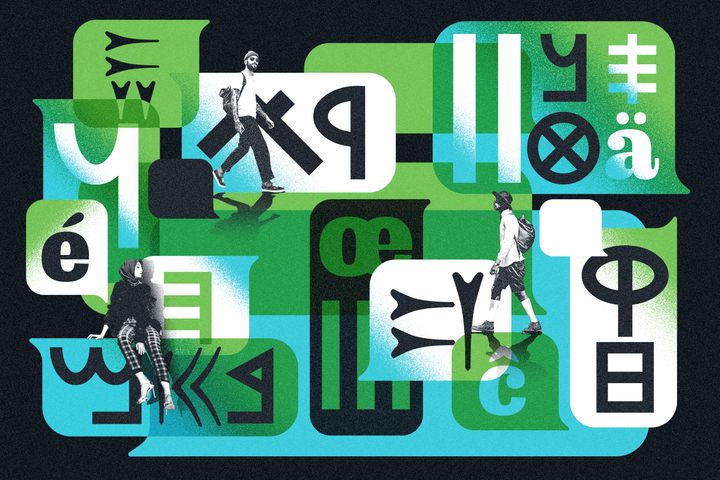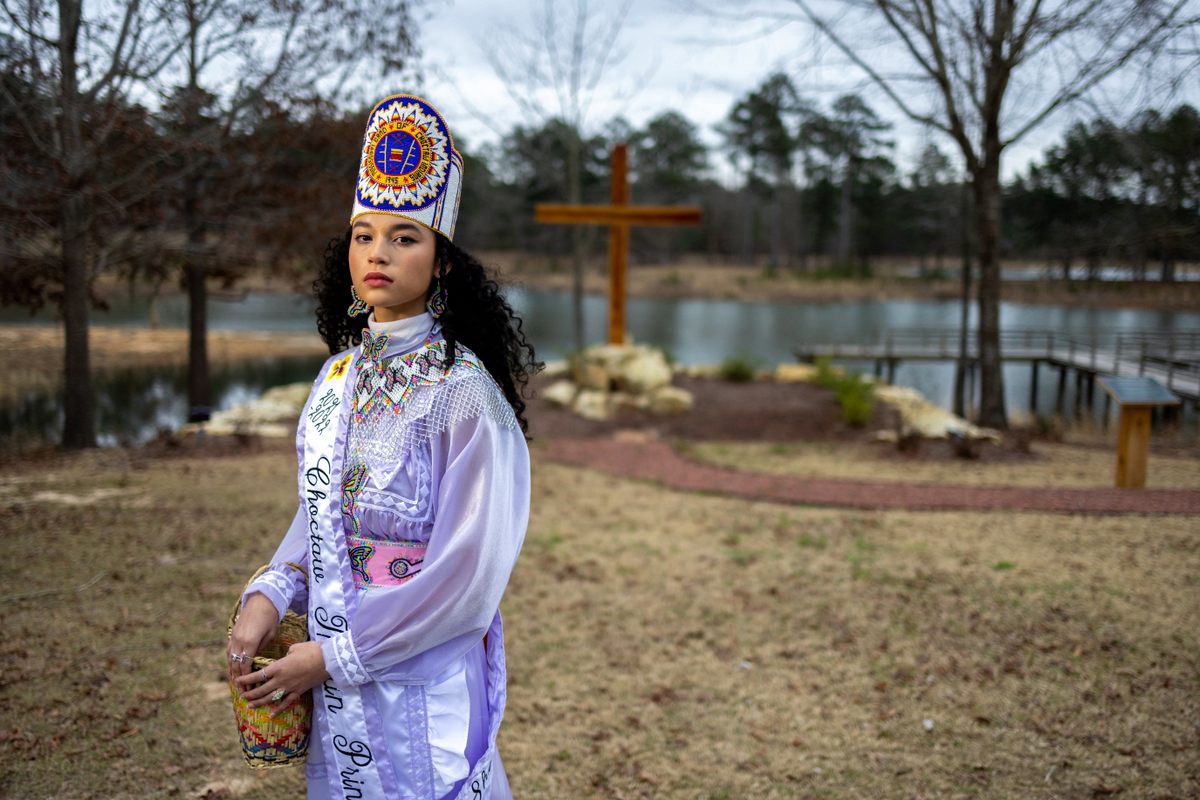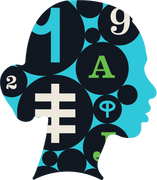
Puzzle Monday: Secrets of the Original Code-Talkers
Editor’s Note, November 2024: Thanks for checking out our puzzle archive! While the online version of this puzzle is no longer interactive, we suggest downloading the PDF, available below. You can find other archived puzzle PDFs available for download here.
Among our crosswords and other puzzles, we’ll be featuring linguistic challenges from around the world from puzzle aficionado and writer Alex Bellos. A PDF of the puzzle, as well as the solution, can be downloaded below.
In autumn 1918, in the Allied trenches, a U.S. military captain walked past two Native American soldiers chatting in a language he didn’t understand. They were speaking Choctaw. With about 7,000 speakers, it is one of the 10 most-spoken Native American languages in the United States.
The unnamed captain had an idea: Why not use this language for sending secret military messages? The Germans had managed to tap the Allies’ phone lines and were deciphering their codes. The captain reasoned that the Germans may not be able to decipher a message if it was spoken in a language they had no knowledge of or access to.

Within hours, a group of eight Choctaw soldiers were dispatched to strategic positions. The Choctaw Telephone Squad began communicating in their mother tongue, and, say historians, their messages were instrumental in helping the Allies win key battles in the final weeks of World War I. The Choctaw were the first Native Americans to be used by the U.S. military as “code-talkers.” More famously, during World War II, the military repeated the idea, but with a group of Navajo.

Choctaw was a good choice, linguistically speaking, for a military code because the language is notoriously complicated and unlike other languages. Indeed, it ranked as one of the world’s most “unusual” languages in a 2013 survey of the World Atlas of Language Structures (WALS), a database of the linguistic properties of almost 3,000 languages kept by the Max Planck Institute for the Science of Human History in Germany. The survey ranked languages on how dissimilar they are to each other. Chalcatongo Mixtec, with about 6,000 speakers in Oaxaca, Mexico took the top spot, followed by Nenets, which has about 20,000 speakers in Siberia. Third was Choctaw.

Perhaps the most distinctive feature of Choctaw is the fact that it is a polysynthetic language, which means that its words are often extremely long, made up of many smaller parts, or affixes. “The language has some of the most complicated verbs you will see. It is very common to see verbs with two or three prefixes, and five or six suffixes,” says George Aaron Broadwell, chair of the Department of Linguistics at the University of Florida. “One of the challenges to understanding the grammar is to figure out these prefixes and suffixes.”
For example, Choctaw has no individual words for pronouns. If you want to say “I ran,” you include the affix for “I” in the word for “ran.” “You ran” would put a different affix in the same word, but that is just the beginning. The affix for “I” changes depending on whether or not the verb is one in which the subject has agency over the action, a feature that linguists call “volition.” For example, the verb “to run” uses a different affix for “I” than the verb “to be fat,” since you are in control of whether or not you are running at any given moment, but you can’t instantly stop being overweight. Making sense of the language means knowing what you do and don’t have control over, and having the wisdom to tell the difference.
Originally from Mississippi, the Choctaw were pushed off their land in the 1830s as part of the U.S. government’s “Indian removal” policy. Most were forcibly resettled in land that became Oklahoma, where about 100,000 Choctaw now live, though less than 1,000 of this group speak the language, making it severely endangered there.
Some Choctaw remained in Mississippi—today about 10,000, and a majority of those, around 6,000, speak the language. Despite that seemingly strong number, the language is also endangered in Mississippi, Broadwell says, since very few under 25 are among the speakers. However, he is hopeful that language revitalization projects, such as summer camps and Choctaw lessons in school, bode well for the future. In 2020, the National Endowment for the Humanities awarded a grant to the Choctaw Tribal Language Program.
“The program works to keep the Choctaw language modern, as it is still a very living language,” says Jason Lewis, a Choctaw and one of the leaders of the program. “In the past 10 years, [it] has certified language teachers to teach in the Mississippi Choctaw tribal elementary schools. Now, each of the six schools has daily Choctaw classes built into the curriculum for early elementary students. Hopefully in another 10 years, the Mississippi Choctaw can report that all students are receiving 13 years of daily instruction, creating new texts, and spending more time talking with their families—in Choctaw.”

The program is also funding a team of outside linguists to help tribal language staff produce a print and online dictionary that will include audio and video interviews with native speakers.
Broadwell is also working with academics from several institutions to understand thousands of pages of legal documents from the 19th century, written in Choctaw when the tribe was setting up their own government and schools. “These thousands of pages of documents can help Choctaws and non-Choctaws have a much deeper and more historically complex understanding of this rich and beautiful language,” he says.
Our puzzle, which comes from the U.K. Linguistics Olympiad 2017, is below.

Stumped? Download the solution!








Follow us on Twitter to get the latest on the world's hidden wonders.
Like us on Facebook to get the latest on the world's hidden wonders.
Follow us on Twitter Like us on Facebook